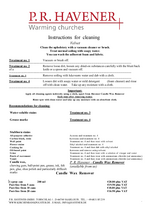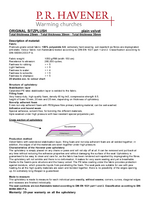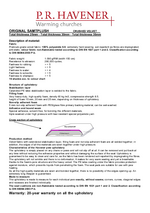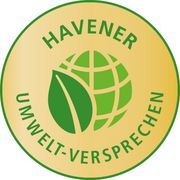These cookies are needed to let the basic page functionallity work correctly.
Hide Cookie Information
_pk_ref_en
This cookie is used to store the allocation data, the referrer has originally used to call up the webpage.
| Provider: | website operator |
| Cookiename: | _pk_ref |
| Runtime: | 6 months |
| Privacy source url: | https://churchupholstery.uk/data-protection/ |
_pk_ses, _pk_cvar, _pk_hsr_en
This cookie is used to count the number of visits by the user , giving an individual ID in order to relocate this user.
| Provider: | website operator |
| Cookiename: | _pk_ses, _pk_cvar, _pk_hsr |
| Runtime: | 30 minutes |
| Privacy source url: | https://churchupholstery.uk/data-protection/ |
_pk_testcookie_en
This cookie is used to count the number of visits by the individual user via Matomo webtracker.
Provider: website operator
| Provider: | website operator |
| Cookiename: | _pk_testcookie |
| Runtime: | end of session |
| Privacy source url: | https://churchupholstery.uk/data-protection/ |
piwik_ignore_en
If any user decides against the statistical analysis of her or his visit by Matomo Analytics Platform , this cookie will be set.
| Provider: | website operator |
| Cookiename: | piwik_ignore |
| Runtime: | 6 months |
| Privacy source url: | https://churchupholstery.uk/data-protection/ |
waconcookiemanagement_en
stores the selected adjustments of the cookie box
| Provider: | website operator |
| Cookiename: | waconcookiemanagement |
| Runtime: | 1 year |
| Privacy source url: | https://churchupholstery.uk/data-protection/ |



























































